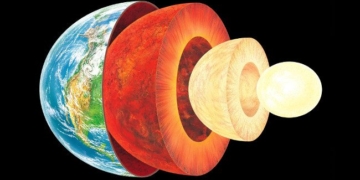Images from the Mars Express spacecraft of a region on Mars known as Mawrth Vallis have sparked hopes of discovering fossils or even contemporary life.
Mawrth Vallis is a valley located slightly north of the Martian equator, situated between the ancient, weathered southern highlands and the lowlands of northern Mars.
Mawrth Vallis began to attract the attention of the European Space Agency (ESA) when data collected by the Mars Express revealed that this area contains a variety of clay minerals, including iron, magnesium, and aluminum. These minerals are formed only in the presence of water.

Panorama of the valley that ESA considers the best place to search for Martian life – (Image: ESA).
The terrain of the region also features numerous structures that slope from high to low in a north-south direction, indicating that water once flowed through.
ESA scientists assert that Mawrth Vallis must have had water approximately 3.6 billion years ago.
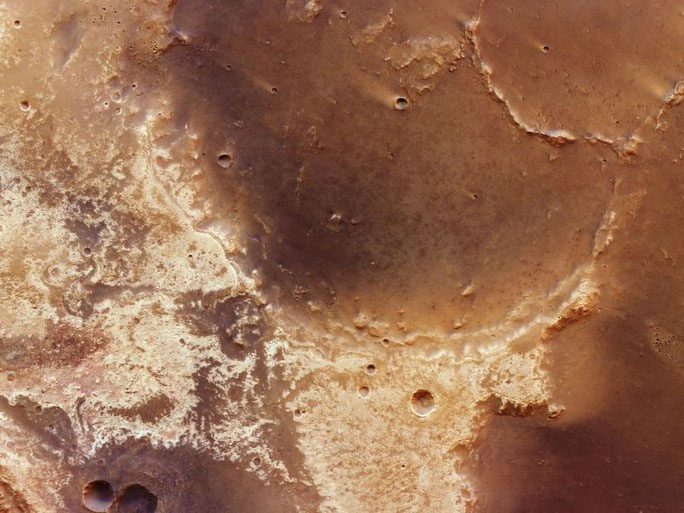
The complex terrain of the area may have been formed by flowing water – (Image: ESA).
Furthermore, to the north of Mawrth Vallis lies the Chryse Planitia, the beginning of the northern lowlands of the planet, where scientists have found several ancient basins extending hundreds of kilometers buried beneath Chryse Planitia.
These findings are considered evidence of an ancient “green Mars” with a river system and vast seas, resembling Earth during the same period.
Mars is a planet within the “habitable zone” of the Solar System, similar to Venus and Earth.
According to theories supported by NASA, ESA, and others, all three planets may have originated together as habitable worlds, akin to triplet siblings, differing only slightly in size.
Although the unfortunate process of evolution has turned Venus and Mars into the deadly planets they are today, it is theoretically possible that they once harbored life. In fact, some organisms may still be lurking somewhere to this day.
Nevertheless, ESA remains confident that Mawrth Vallis is the top candidate in the search for extraterrestrial fossils or, even better, “something” that is still alive.
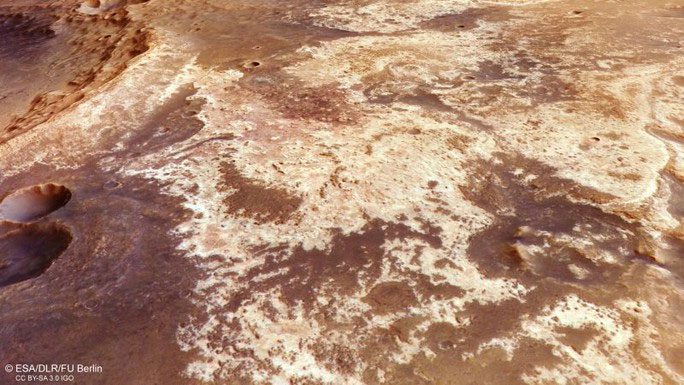
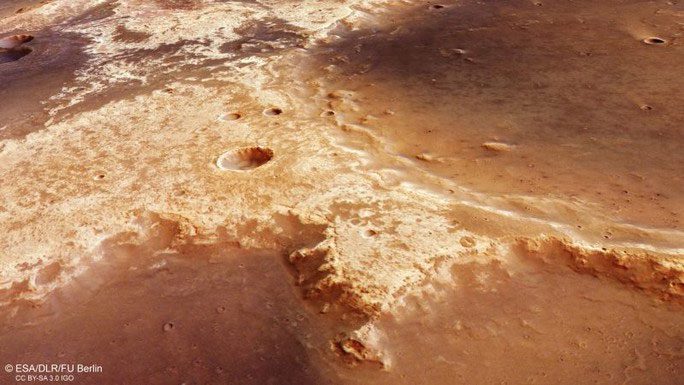
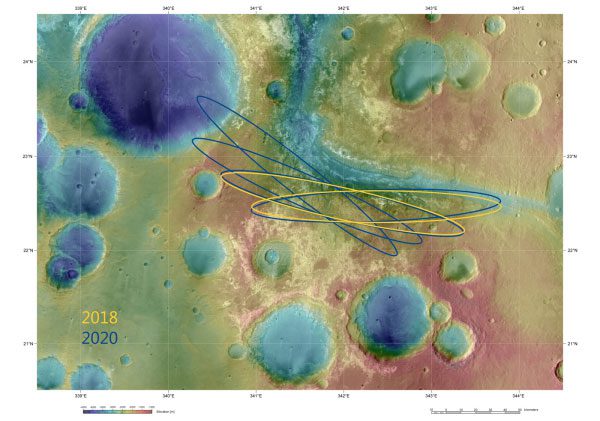
Additional images of the ‘valley of life’.

















































